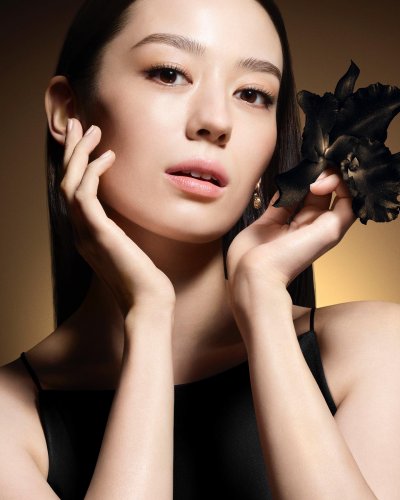Cover Photo Courtesy of Instagram.com/guerlain
Like everything in life, skincare as we know it today came from a history marked with evolution. In fact, the concept of skincare can be traced back to Ancient Egypt as Egyptians were the first to document their skincare routines, followed by Chinese, Greeks and Romans. So, let’s trace this history back!
It all started when Egyptians turned to nature searching for a way to beautify their appearance. Well, what can explain the beauty of Egyptian queens is the great care they took of their skin, and the eternal beauty of Queen Cleopatra stands as a true testament of this – think her famous sour milk bath. With time, they started creating natural skincare products from olive oil, ostrich eggs, dough, milk and essential oils from plants and herbs. And while exfoliating scrubs were made from sand and aloe vera, plant oils were used as moisturizers or treatments for specific skin concerns such as stretch marks.
Real skincare started in China during the Qin dynasty, when an Empress developed her skincare routines and recorded them in a book – including natural cleansers made from seaweed and jellyfish, facial massages and exercises to improve the circulation in the cheeks and forehead, as well as diet as a way to improve the skin. Noting that a white complexion was the dominant trend, Chinese people also used natural gels and lotions to remove pigments and permanently bleach their skin made of skin lighteners such as songyi mushrooms, while enhancing that holistic concept of skincare by believing that nutrition and a healthy lifestyle are the way to maintain a beautiful complexion.
Then, the Greeks introduced their own take on skincare. Although they borrowed a lot from the Egyptian beauty secrets, they adapted their own methods for distilling the oils and essences from herbs and other plants. While honey was their go-to moisturizer, oils and sand were their choice for protecting their skin from sun damage. As for the Romans, they associated skincare with hygiene and introduced the culture of bathing. And as the Roman Empire spread across Europe and the Middle East, many new ingredients were added to skincare and new products were developed.
The pale, white skin was still popular during all these eras, and spread across Europe too, where they mixed lead with vinegar to develop a whitening foundation. Even though doctors started identifying the side-effects of lead, it continued to be the ingredient of choice up until the early 1900s, when skincare advanced significantly and cosmetic brands started developing products accessible to women everywhere – introducing little by little cutting-edge ingredients that made skincare what it is today.
Article Written by Mirella Haddad











